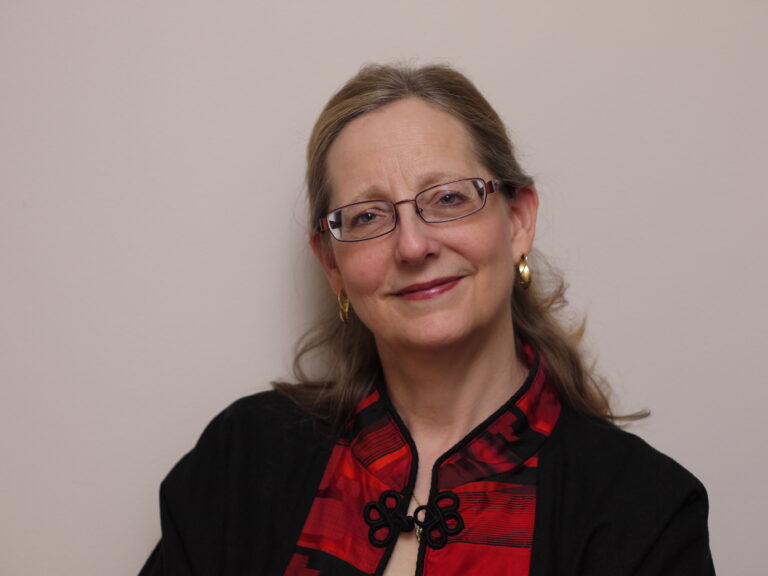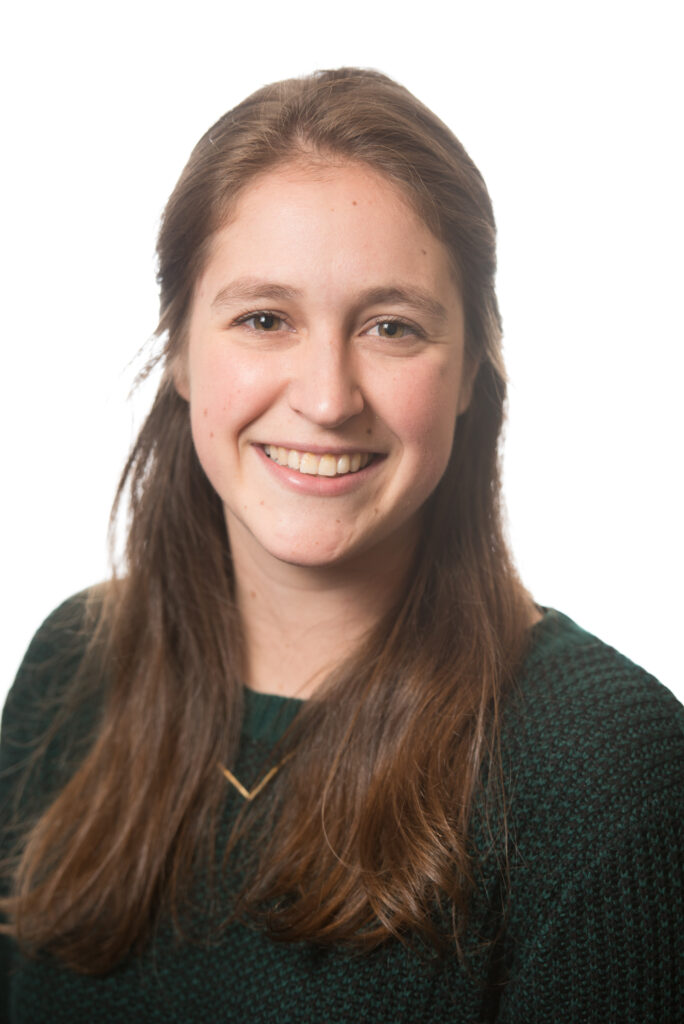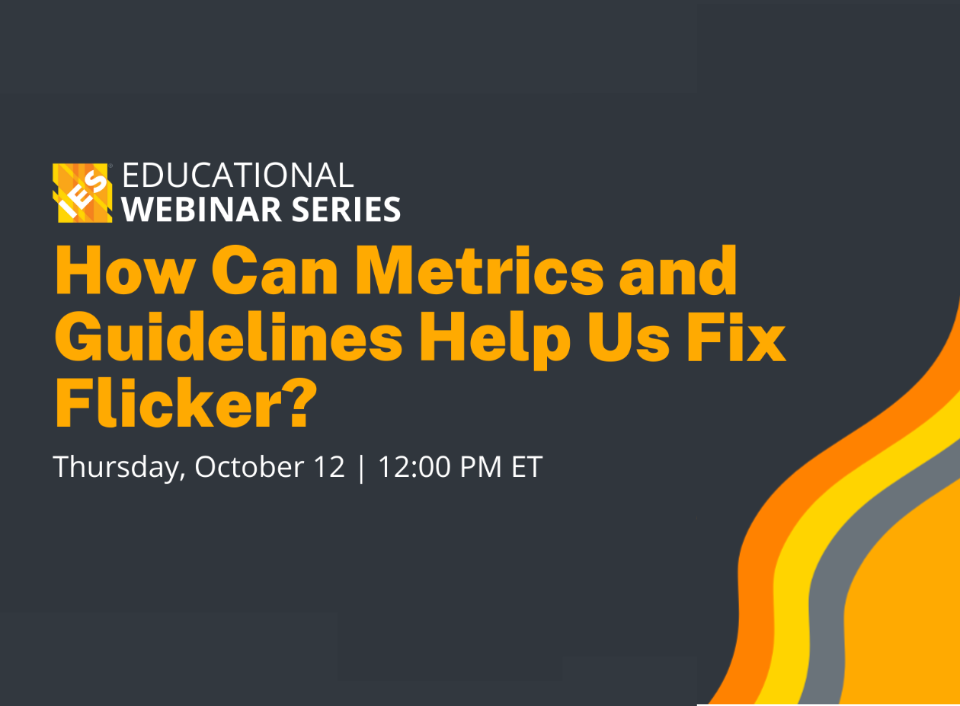Temporal light modulation (TLM, or flicker) is an increasing phenomenon in indoor, outdoor, and vehicular applications, due to the widespread adoption of LED sources. Most LED lighting systems don’t produce problematic TLM, but for those that do, there has been a delayed recognition that certain TLM waveform characteristics and viewing conditions can result in distraction and disorientation, cognitive effects, and serious health consequences in some populations. Research into responses to TLM is under way, but guidance is needed now. This webinar will preview draft provisional guidelines and target values developed by the IES TLM committee to raise awareness and solicit input and discussion with dimmer, driver, and luminaire manufacturers.
The Illuminating Engineering Society (IES), in collaboration with Pacific Northwest National Laboratory (PNNL), is pleased to offer a special, five-part, free webinar series on “Big Questions” in the lighting industry today. Advanced lighting systems can provide improved occupant health and productivity, better control, increased use of data, all with more sustainable product design. At the same time, new capabilities raise a host of questions with significant energy and environmental implications. Lighting researchers tackle big questions, and this webinar series will share the latest perspectives from PNNL experts and partners in pursuit of the best answers.
Webinar participants are eligible for one (1) IES Continuing Education Unit (CEU)
Free for IES members; nominal fee for nonmembers
Presenters:

Naomi Miller – Naomi Miller is a designer and scientist working at Pacific Northwest National Laboratory to improve lighting quality using LED light sources and to bridge the gap between technology and application. Her pet peeves include flicker and glare, and she is an active member of CIE and IES committees developing recommendations on outdoor glare, flicker, and light’s effect on human health.

Lia Irvin – Lia Irvin joined Pacific Northwest National Laboratory in 2018, where she works on advanced lighting research. Her research interests include human factors in lighting, such as flicker and perception of luminance uniformity, which she investigates in both laboratory and field studies.




